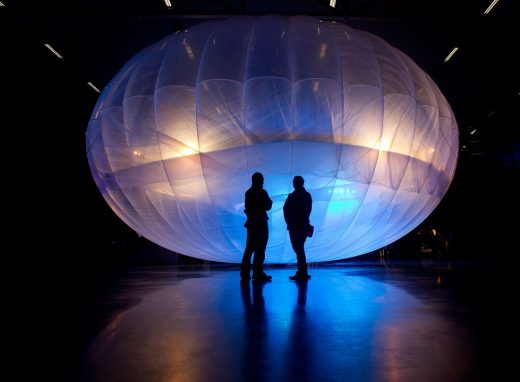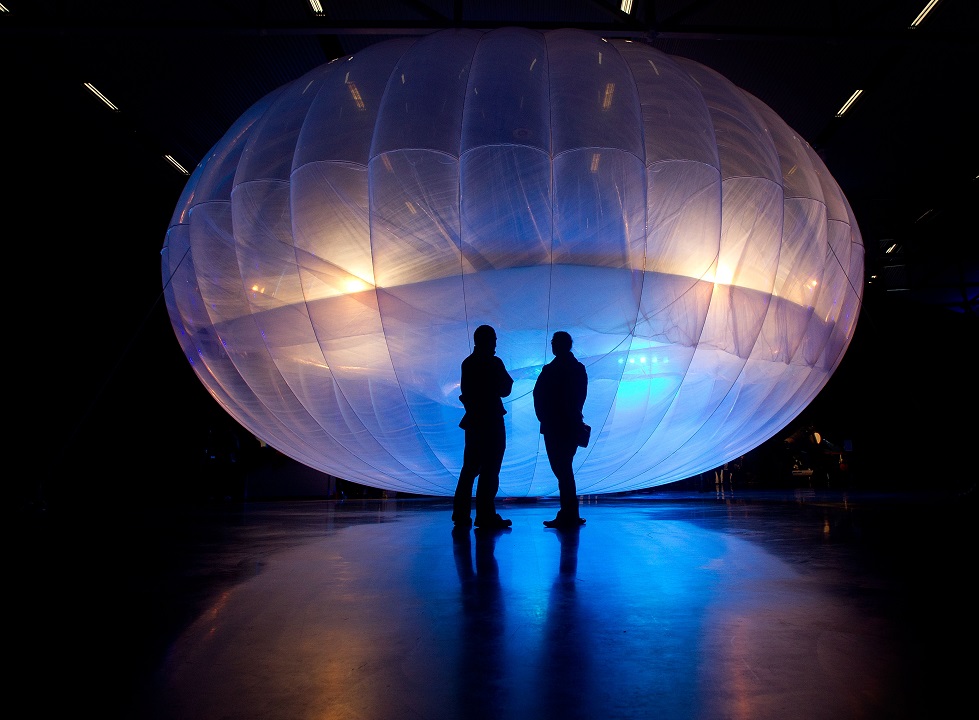Alphabet’s Loon balloons are helping scientists study gravity waves
In between beaming internet to people in developing countries and sometimes passing for UFOs, Alphabet’s Loon balloons have been busy helping scientists study how our planet works. A team led by Stanford professor Aditi Sheshadri recently published a report on gravity waves, ripples created by gravity when it pushes down on air forced up into the Earth’s upper atmosphere.
To compile their report, professor Sheshadri and her team used data that Alphabet’s Loon balloons collected over 6,811 separate 48-hour periods between 2014 and 2018. “This was just a very lucky thing because they weren’t collecting data for any scientific mission. But, incidentally, they happened to be measuring position and temperature and pressure,” the researcher told Stanford News.
To put the amount of data they had at their disposal in perspective, similar studies in the past that used atmospheric balloons to track high-frequency waves incorporated information from dozens of balloons. They were also only able to collect that data over a couple of seasons in a few select regions. The process of analyzing the Loon data was messy, but the team at Stanford had data from across the world.
While they’re not as well known as gravitational waves, gravity waves can have just as much impact on how we experience the world. In the air, they can cause turbulence for aircraft and affect how storms develop. A better understanding of them could be the key to creating more accurate models for predicting the weather, particularly as climate change intensifies.
(18)




